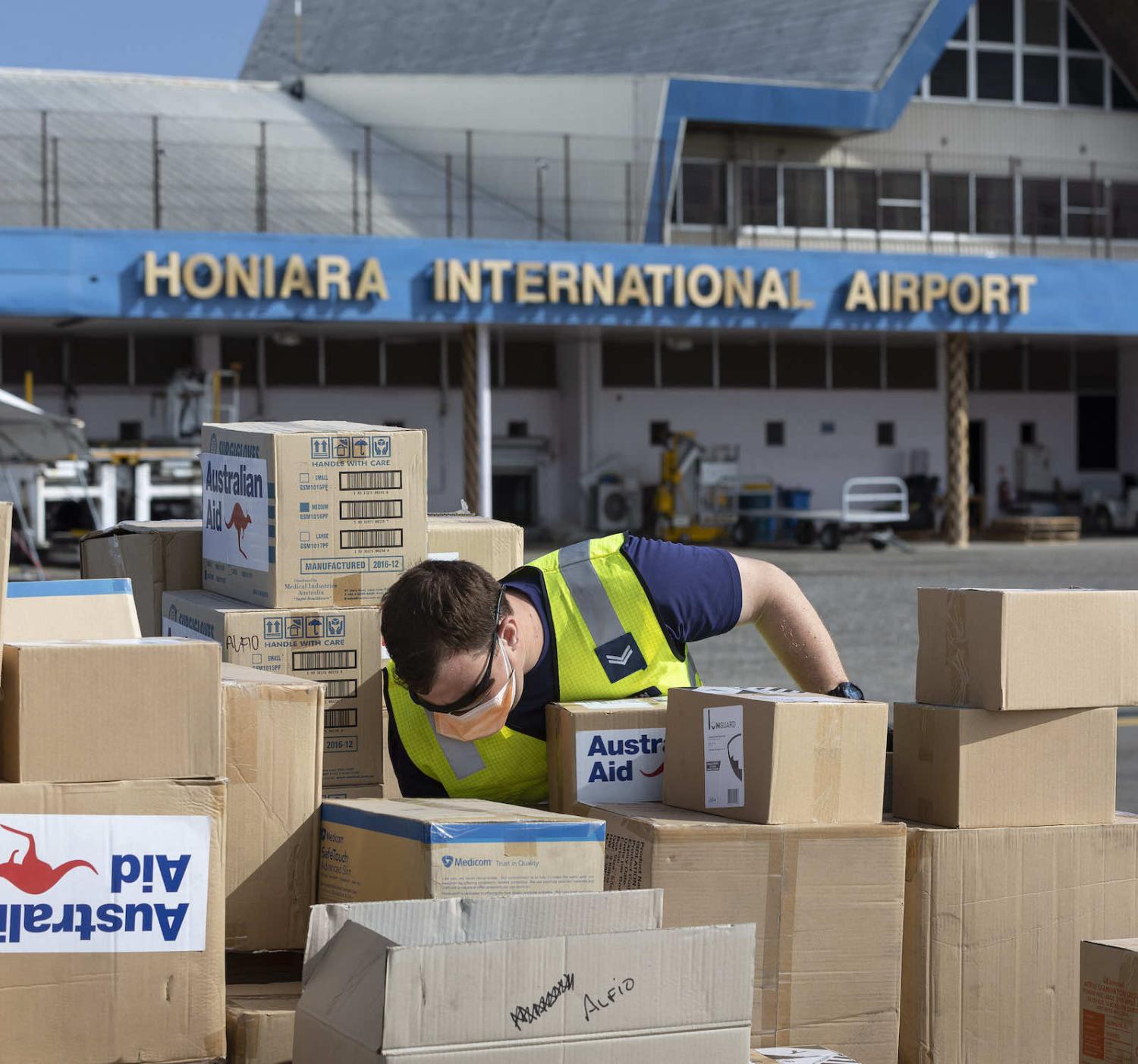Australia’s election campaign has been consumed by the Solomon-China security pact in recent days. Labor has cried “Pacific stuff up”, mocking the Coalition government’s Pacific Step-up policy to strengthen neighbourhood ties. In turn, the Coalition has seized on past comments about foreign aid to the region by Labor’s deputy Richard Marles – a former Parliamentary Secretary for Pacific Island Affairs – that the “idea that Australia would win a bidding war with China is laughable”.
Leaving the politics aside, the numbers drawn from the Lowy Institute Pacific Aid Map are revealing of the leading providers of aid across the region and in Solomons in particular.
- While Australia’s aid program has been the disproportionate victim of budget savings measures since the Coalition formed government in 2013, the Pacific Islands region has mostly been shielded from those financial cuts.
- The Pacific Aid Map shows spending to the Pacific has increased by 24 per cent between 2009 and 2019 (the period for which data is available), which allowed Australia to position itself as the largest development partners to the Pacific Islands by far.
- In Solomon Islands, however, the story is different. After peaking in 2011, Australian aid to the archipelago decreased by 43 per cent to US$129 million in 2019. Between 2009 and 2019, Solomon Islands has suffered the largest cut from the Australian aid program in the Pacific. The end of RAMSI, the multiyear Australian intervention that served to restore law and order in Solomon Islands after ethnic tensions, partly explains this decrease.

- Despite cuts, in the 2009–19 period, Australia’s overseas development assistance program represented almost two-thirds (65%) of all aid to Solomon Islands, followed by New Zealand (9%), Japan (6%) and Taiwan (5%).
While China has emerged as a significant donor, it is clearly still not the biggest player in the Pacific.
- Over the past decade, China’s foreign aid program in the Pacific has been growing. But there are misperceptions about its size, its reach, its focus, and its purpose. China typically engages in large infrastructure projects by providing low interest, or “concessional”, loans that eventually have to be repaid. Australia, on its side, mostly delivers grants. While China has emerged as a significant donor, it is clearly still not the biggest player in the Pacific. In fact, China’s regional influence, if crudely measured in dollar terms, is dwarfed by Australia.
- While China’s promises to the region of future spending are high, the actual amount spent remains below that of Australia and other regional donors. The most recent update to the Pacific Aid Map dataset released in September last year suggests 2018 may have seen the peak of China’s aid engagement in the region with few signs of a bounce-back in 2020 despite the pandemic.
- While China has been Honiara’s largest trading partner for some years, its aid program was non-existent in Solomon Islands due to the country’s diplomatic recognition of Taiwan. Taipei had been an aid provider, but this ceased in 2019 when Prime Minister Manasseh Sogavare decided to switch diplomatic allegiance from Taiwan to China. China is expected to play a more important role in Solomon Islands’ development landscape. In various Solomon Islands government documents, it is specified that China would contribute extensively to “donor-funded development” budget lines”. Expect more to come.

